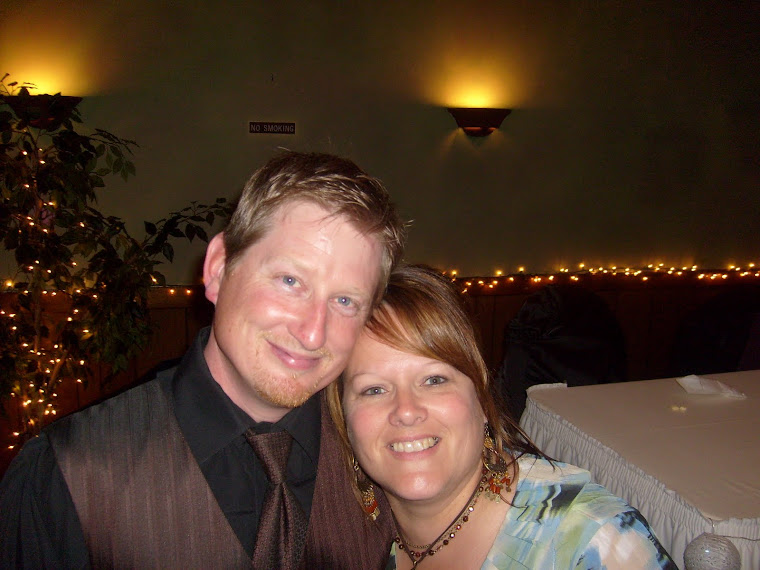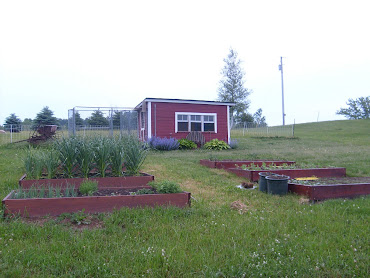http://www.shetland-sheep.org.uk/news.html#news0013
Found this page on the SSS site and saw some spectacular examples of Shetland sheep on the Champion of Champion portion of the page.
Just thought I'd throw it out there for some discussion. Any thoughts on the "type" of Shetland they are deeming champions? Fleece styles seem to be all very consistant and similar to me, any thoughts?
Just looking for a thoughtful, friendly exchange of information, so this is not a dig or jab in any form.
Proudly raising Purebred Registered Shetland Sheep with the belief that Animals and people deserve respect and love in equal measure
Subscribe to:
Post Comments (Atom)
Mike and I

Mike and I at Nick and Emily's wedding
Raised beds & chickens coops

Can't wait for this stuff to actually be food....
Why is everyone bending over to hold their sheep? Could it be their sheep aren't so tall and huge they must do so to hold onto them? And except for the two whites which appear to be Merino tainted why do all the sheep in the photos have such refined bone....and egads some of their hocks turn in. Since I've been looking at Shetlands for more than 18 years I have found that a turn-in of the hocks is typical of this breed. They aren't built like Texels in the backend. Very consistent fleeces with wondeful color. A couple are on the hatrack side for my tastes but overall a nice assortment of typey animals that show that diversity doesn't have to come in COARSE.
ReplyDeleteI thought the sheep in the pictures were a good overall representation of what a Shetland sheep is supposed to be if bred to the standard. I like a slightly different style of head, but not much different, so loved looking through what they had posted.
ReplyDeleteThanks for posting this Kelly. Haven't looked at the site for a couple of weeks. Lovely line up of wonderful breed typy Shetlands but at the same time expressing quite the diversity. Wish that kind of line up could be seen here in the states. That would be a wonderful testimony of fine fleeced Shetlands!
ReplyDeleteRegarding Merino influence - many of the white flocks have been kept separate for so many decades that their appearance has slighly diverged. It in no way means that they are of merino crossing.
I just spent some time on Lori's blog about her trip to the Islands and was interested to see the keeper ram lambs of Jim Nicholson's flock. From the rear view I find their tails a bit wide and overly wooled and their faces don't show that Shetland look I've seen in so many heritage photos? This is what I mean by Merino look. Isn't it possible that in selecting for particular traits some of the crossing we all know happened on the Islands over the years has been brought to the forefront and is causing greater wooliness of the face and hindlegs and tails that aren't as typey as many I've seen in photos from abroad? Not to say I don't think the breeding programs over on the Islands are in most ways superior to our hit-and-miss stuff happening in many flocks over here, but the apperance of these animals is highly divergent in my humble opinion.
ReplyDelete